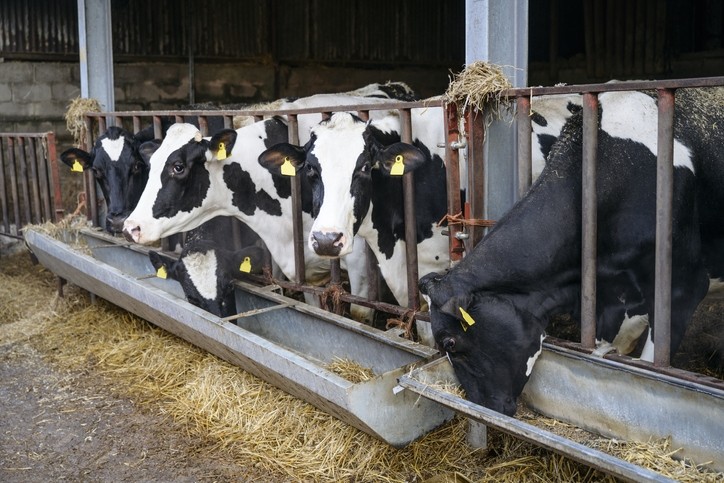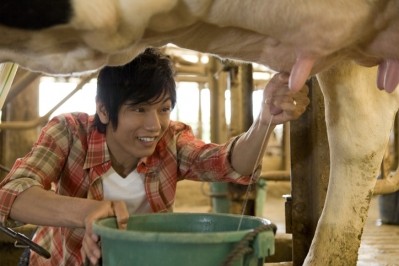Precision feeding, methane suppression strategies proposed under UK net zero plan

Many of the proposals and policies in the package are to be phased in over the next decade or longer. In 2019, the UK committed to reaching net zero emissions by 2050.
The UK goverment said the purpose of the delivery plan is to outline for parliament and the public the proposals and policies that would put it on track to meet the carbon budgets. Six carbon budgets have been set to date, covering 2008 to 2037. Carbon Budget 6 sets out plans up to 2037.
However, the strategy has been criticized by environmental groups as the UK government admitted its quantified proposals and policies will fall short - hitting 97% - of the savings required to meet Carbon Budget 6, and meeting only 92% of international commitments for 2030.
Feed sector measures
Looking to the feed sector relevant measures proposed, the government said it aims to support and accelerate the take up of precision feeding for farmed animals.
“Precision feeding involves the assessment of animal feed to ensure the composition and volume of feed meets, but does not exceed, animal requirements. This can reduce emissions and emissions intensity by maximising feed utilisation, stabilising fermentation in the stomach, improving animal health, and minimising nutrient excretion in manure.”
According to the report, industry adoption of precision feeding will increase as a market-led take up of that model is already occurring.
“The Agricultural Industries Confederation (AIC) maintains a register of accredited feed nutritionists to facilitate this by providing technical advice on best feeding practice. In addition, precision mixing machinery is available for the preparation of mixed rations.
“The government will provide funding under the Farming Innovation Program, which could support the development of technology related to precision feeding.”
Methane suppressing feed products
The report also outlines how the use of methane suppressing feed products would help UK farmers reduce methane emissions from their livestock.
Feed additives that block methane emissions have not been approved in the UK to date. DSM's Bovaer product, designed to do just that, won EU market authorization last year for use in EU dairy cow diets.
The UK goverment said it will continued to work with the Food Standard Agency (FSA) and Food Standards Scotland (FSS), along with industry, to explore suitable policy options to encourage rapid and extensive uptake of methane suppressing feed products with proven safety and efficacy.
"We have already published research on these products and recently ran a call for evidence on methane suppressing feed products to better understand the opportunities and challenges associated with their use. This will inform our next steps.."
Breeding practices, grasslands
In addition, the publication outlines how the use of conventional breeding practices, not genomics or gene editing, could breed cattle that have reduced emissions.
Integrating grass/herbal leys in rotation in arable systems is another proposal. Leys are temporary grasslands made up of legume, grass, and herb species.
“Diversification of arable cropping systems with grass/herbal leys can increase the positive effects of rotation practices. This measure reduces GHG emissions and emissions intensity by improving soil organic matter leading to positive impacts on crop yield, soil structure, resistance to erosion losses and could reduce nitrogen fertilizer application. Grass leys are also likely to reduce nitrogen leaching from the soil.”
An additional goal identified is the rolling out of nutrient and manure management plans across the farming sector, to optimise the use of nitrogen and avoid excess application.








